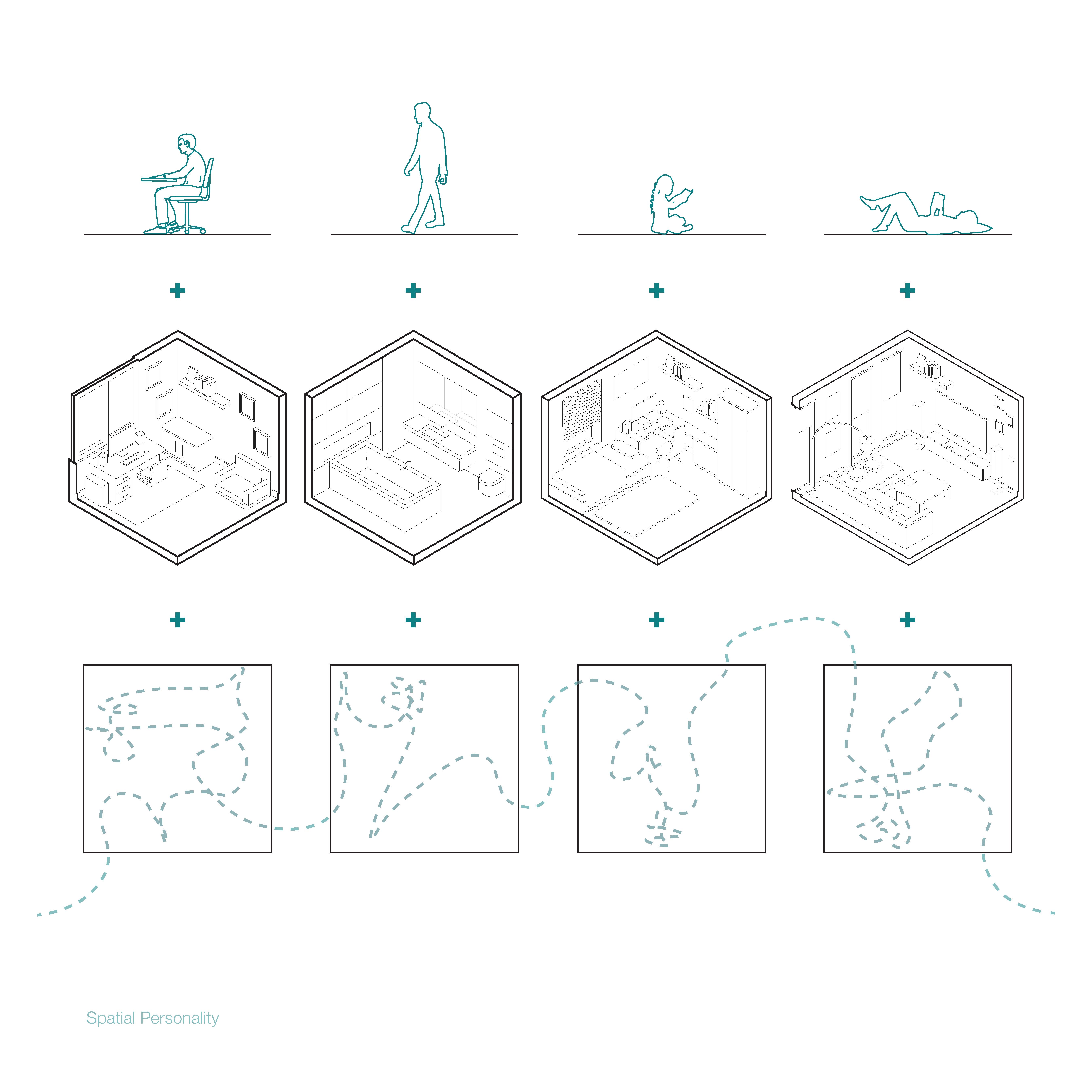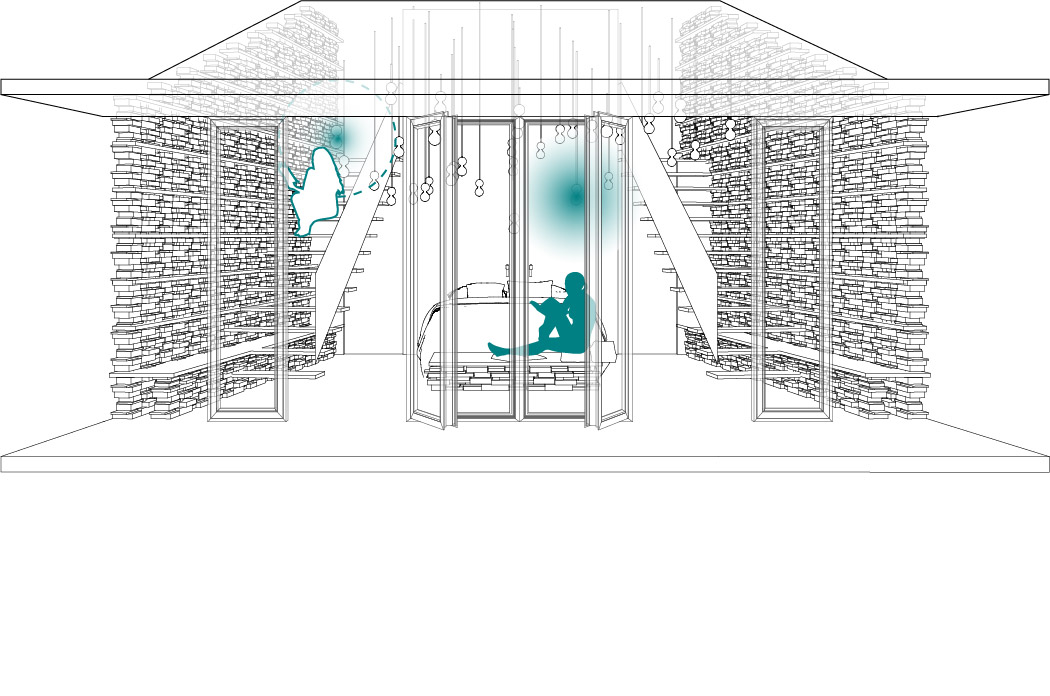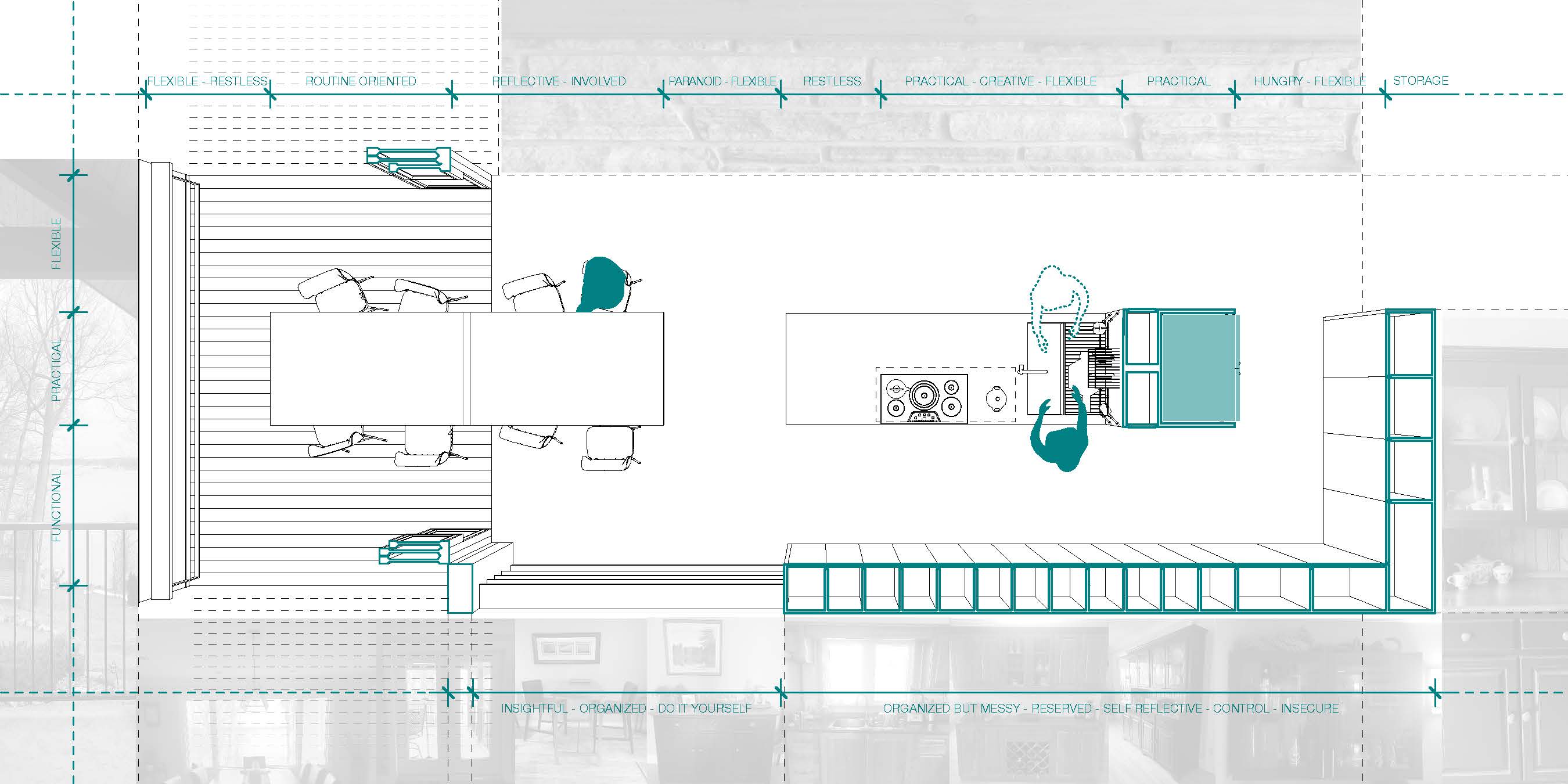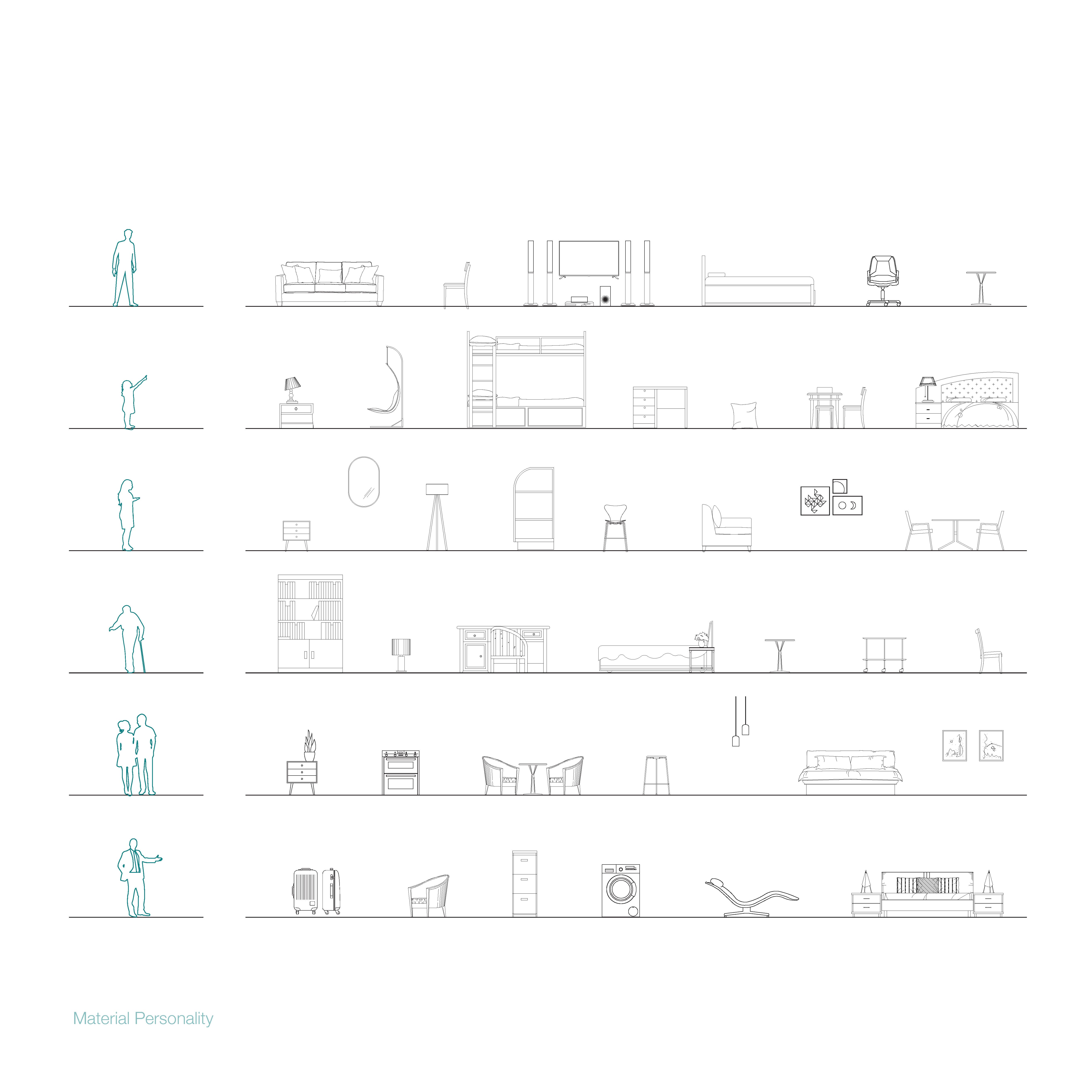MASTER OF ARCHITECTURE
Taylor Marshall—RAIC Honour Roll
![]()
Taylor Marshall—RAIC Honour Roll

About the Award
For those students who have achieved high academic standing in the top 10% of their graduating class.
The quote, “an individual can have many houses, but only a person can make a home,”( Joseph Rykwert, House and Home, 54) is a straightforward statement but contains a very complex message that describes this thesis well. Preliminary questions need to be posed to understand the deeper meaning of the previous quote. First, what is the difference between a house and a home, and why is the individual connected to the house while the home is connected to the person? Second, what is a house, and more importantly, what is home? Home to the collective, to me, or to you? I suggest all of those answers will be very different yet valid. Third, inclusive of culture, religion, age, gender, experiences, traumas, and memories, What is the difference between an individual and a person? How might one be able to define a home uniquely to the individual or person? Finally, what is the fundamental basis of a person’s individuality that makes them unique to one another and thus unique in their definition of home? This thesis suggests that perhaps the individual’s innate personality connects directly to the idea of home.
“One can only go to oneself and ask the meaning of home”
- Stephan Brink, The Home: Words, Interpretations, Meanings, and Environments
Although simple, the term ‘home’ is a difficult word to define and a complex program to design. A ‘house’ is the stereotypical container in which architects are tasked to provide a home and all it entails. The terms ‘house’ and ‘home’ are intertwined, yet their differences are essential to note. For this thesis, ‘house’ referred to a building intended for dwelling. ‘Home’ referred to a physical place, architectural space, feeling, or way of living that establishes one’s place in the world through personality and its distinction from others. This distinction between a house and a home lies not in the architect’s style, influenced architectural trends, or architectural expressions of arbitrary design concepts. The distinction lies in the connection between a Individual, the objects as extensions of the self, and the architecture that facilitates these relationships. Home designed as the architectural articulation of an individual’s personality, and those strengths, weaknesses, beliefs, goals and needs that are involved begin to define what home is in physical form. Individual personality conveyed through spatial, material, and architectural elements in time suggests that there is not one way to describe what home is or means.
‘The Architecture of Home; Articulating Innate Personalities’ seeks an approach to the design of the individual home where the inhabitants’ innate personality inspires and designs the architecture of home. It suggests that the essence of ‘home’ is the articulation of a personality through architecture as a representation of an individual, the unique life they encompass, and the embodied objects of that life. To understand this idea further, a discussion on individual criteria such as ‘the architecture of home,’ ‘domestic objects,’ and ‘the individual’ help to provide base information. These three ideas lead to more conceptual ideas resulting from combining these three factors. Those new concepts include the creation of ‘Material Personality,’ ‘Spatial Personality,’ and ‘Architectural Personality.’ These new concepts tied together through the personality at hand will start to describe the final articulation of personality through the architecture of home. The collection of drawings within this thesis sought for an understanding of how home could be hypothetically designed ‘from’ rather than ‘for’ the unique individual personality.
For those students who have achieved high academic standing in the top 10% of their graduating class.
The quote, “an individual can have many houses, but only a person can make a home,”( Joseph Rykwert, House and Home, 54) is a straightforward statement but contains a very complex message that describes this thesis well. Preliminary questions need to be posed to understand the deeper meaning of the previous quote. First, what is the difference between a house and a home, and why is the individual connected to the house while the home is connected to the person? Second, what is a house, and more importantly, what is home? Home to the collective, to me, or to you? I suggest all of those answers will be very different yet valid. Third, inclusive of culture, religion, age, gender, experiences, traumas, and memories, What is the difference between an individual and a person? How might one be able to define a home uniquely to the individual or person? Finally, what is the fundamental basis of a person’s individuality that makes them unique to one another and thus unique in their definition of home? This thesis suggests that perhaps the individual’s innate personality connects directly to the idea of home.
“One can only go to oneself and ask the meaning of home”
- Stephan Brink, The Home: Words, Interpretations, Meanings, and Environments
Although simple, the term ‘home’ is a difficult word to define and a complex program to design. A ‘house’ is the stereotypical container in which architects are tasked to provide a home and all it entails. The terms ‘house’ and ‘home’ are intertwined, yet their differences are essential to note. For this thesis, ‘house’ referred to a building intended for dwelling. ‘Home’ referred to a physical place, architectural space, feeling, or way of living that establishes one’s place in the world through personality and its distinction from others. This distinction between a house and a home lies not in the architect’s style, influenced architectural trends, or architectural expressions of arbitrary design concepts. The distinction lies in the connection between a Individual, the objects as extensions of the self, and the architecture that facilitates these relationships. Home designed as the architectural articulation of an individual’s personality, and those strengths, weaknesses, beliefs, goals and needs that are involved begin to define what home is in physical form. Individual personality conveyed through spatial, material, and architectural elements in time suggests that there is not one way to describe what home is or means.
‘The Architecture of Home; Articulating Innate Personalities’ seeks an approach to the design of the individual home where the inhabitants’ innate personality inspires and designs the architecture of home. It suggests that the essence of ‘home’ is the articulation of a personality through architecture as a representation of an individual, the unique life they encompass, and the embodied objects of that life. To understand this idea further, a discussion on individual criteria such as ‘the architecture of home,’ ‘domestic objects,’ and ‘the individual’ help to provide base information. These three ideas lead to more conceptual ideas resulting from combining these three factors. Those new concepts include the creation of ‘Material Personality,’ ‘Spatial Personality,’ and ‘Architectural Personality.’ These new concepts tied together through the personality at hand will start to describe the final articulation of personality through the architecture of home. The collection of drawings within this thesis sought for an understanding of how home could be hypothetically designed ‘from’ rather than ‘for’ the unique individual personality.












